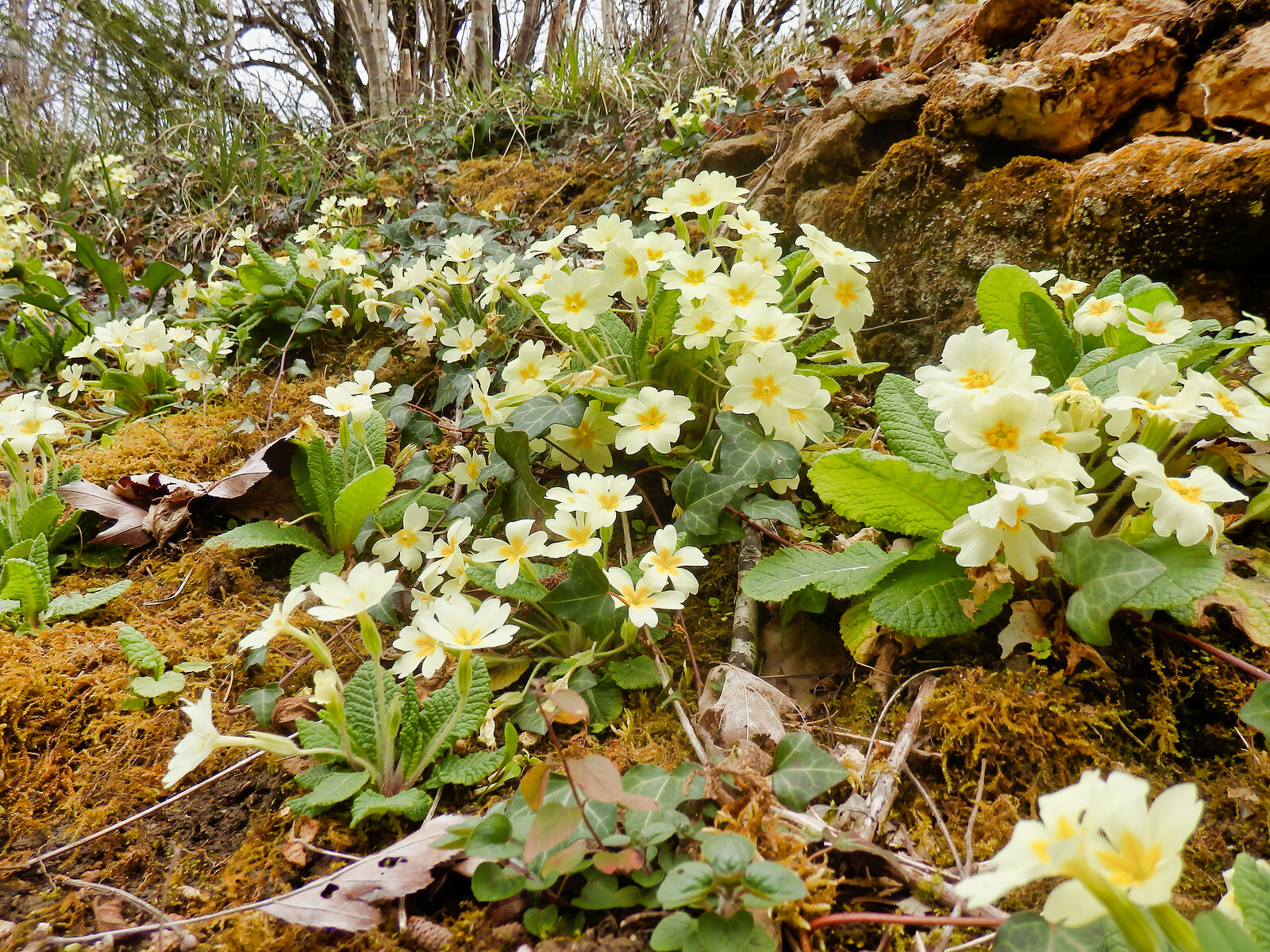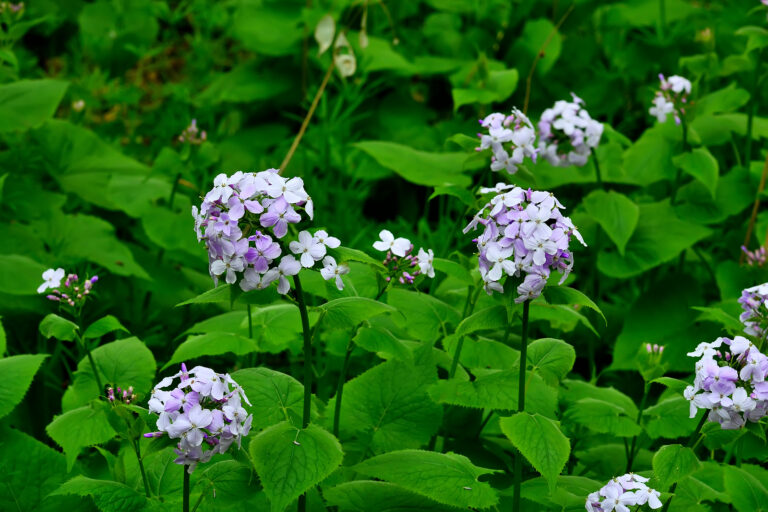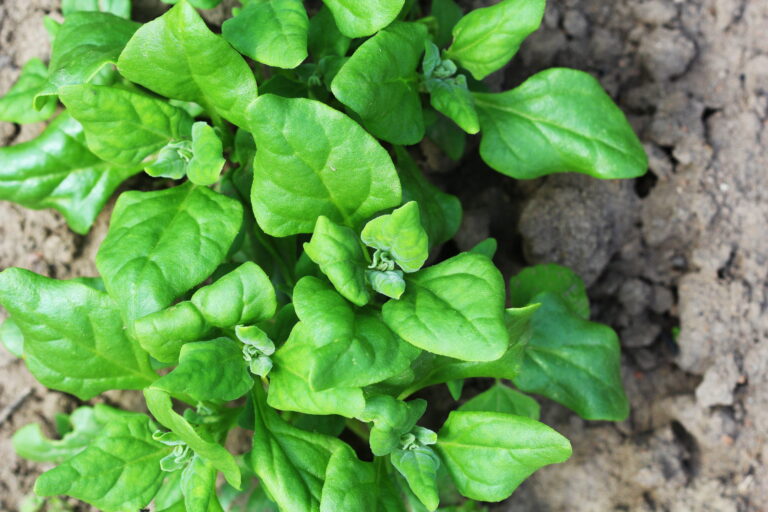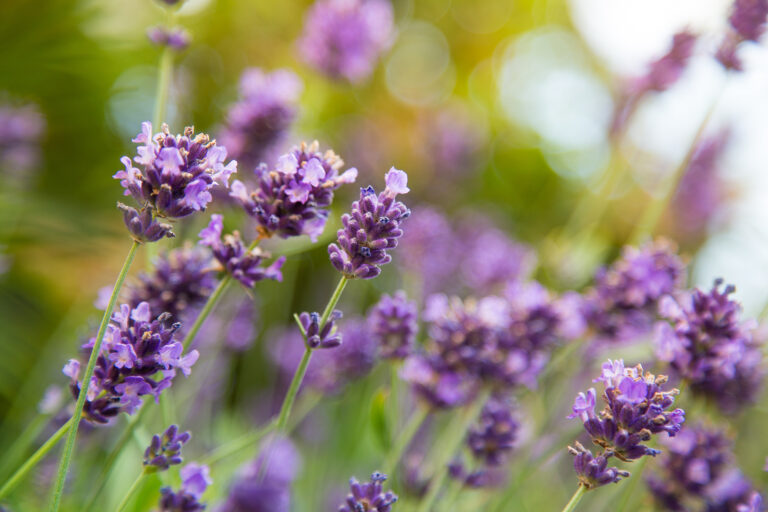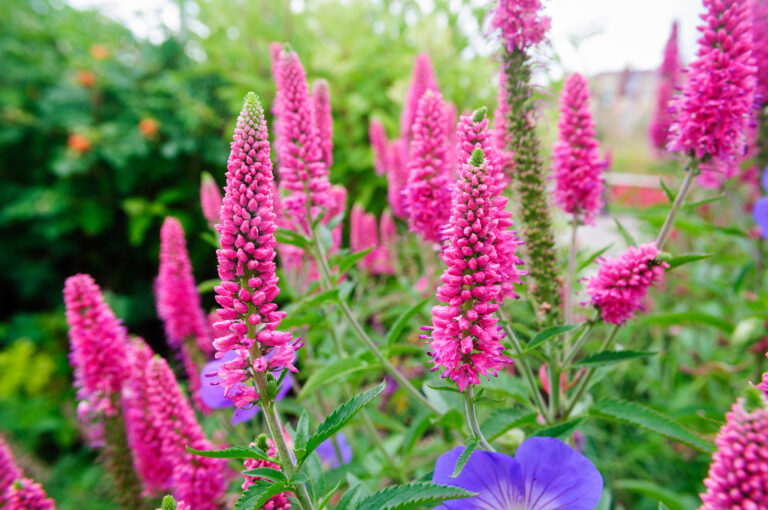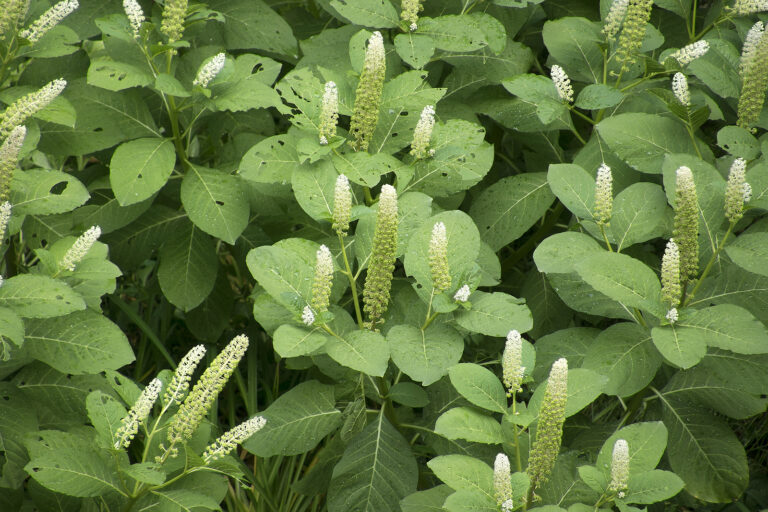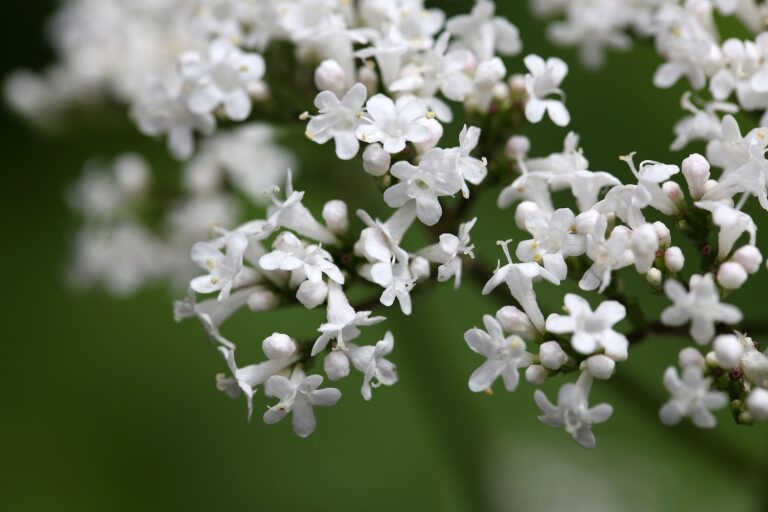How to Grow English Primrose — Primula vulgaris
Primula vulgaris–commonly called English primrose–bears clusters of 3 to 25 often fragrant flowers in spring. Primula vulgaris is native to England and is widely distributed throughout Europe.
Primula vulgaris flowers are salverform, meaning they form a narrow tube with petals abruptly bent outwards at right angles. flowers are commonly yellow, but there are many colors. Flowers are 1 to 1½ inches (2.5-4cm) across; blooms commonly appear in early spring.
Flowers arise from semi-evergreen rosettes of bright green, lance-shaped toothed to scalloped and deeply veined leaves. The leaves are softly hairy beneath.
Primula vulgaris is native to open woodlands and shady banks. This species can be found from Europe to Western Turkey. Many cultivars have been produced some of which are hybrids. Some hybrids are similar to the species with double flowers.
Also of interest:
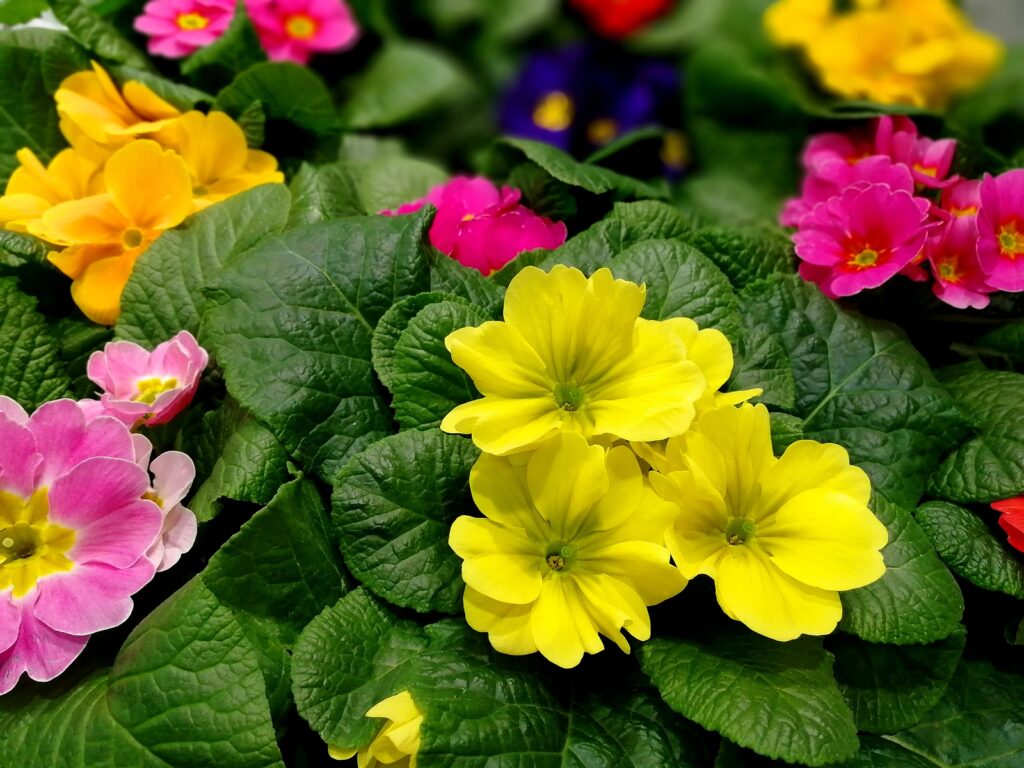
Get to know English Primrose
- Plant type: Perennial
- Growing Zones and range: Zones 3 to 8
- Hardiness: Hardy to -20°F (-29°C)
- Height and width: 4 to 6 inches (10-15cm) tall; 12 to 16 inches (30-40cm) wide
- Foliage: Semi-evergreen rosettes of bright green, lance-shaped toothed to scalloped and deeply veined leaves; leaves are softly hairy beneath.
- Flowers: Clusters of 3 to 25 salverform, often fragrant flowers 1 to 1.5 inches across
- Flower colors: Species is commonly yellow; cultivars in nearly every color except true blue; salverform blossoms
- Bloom time: Late spring and early summer
- Uses: Woodland, shade garden, edging, cottage gardens
- Common name: English Primrose
- Botanical name: Primula vulgaris
- Family: Primulaceae
- Origin: Bogs and marshlands in the Northern Hemisphere
Where to plant English Primrose
- Grow English primrose in full sun in cool regions; in warm southern regions grow in partial shade
- Plant English primrose in humus-rich, moist, well-drained soil high in organic matter.
- English primrose prefers a soil Ph of 5.5 to 7.0.
English Primrose uses and companions
- Primroses can be used in beds and borders.
- Plant primroses in a naturalistic setting, cottage garden, or along a stream or bog.
- Good garden companions for English primrose include Aquilegia, Dicentra, Epimedium, Mertensia Polygonatum.
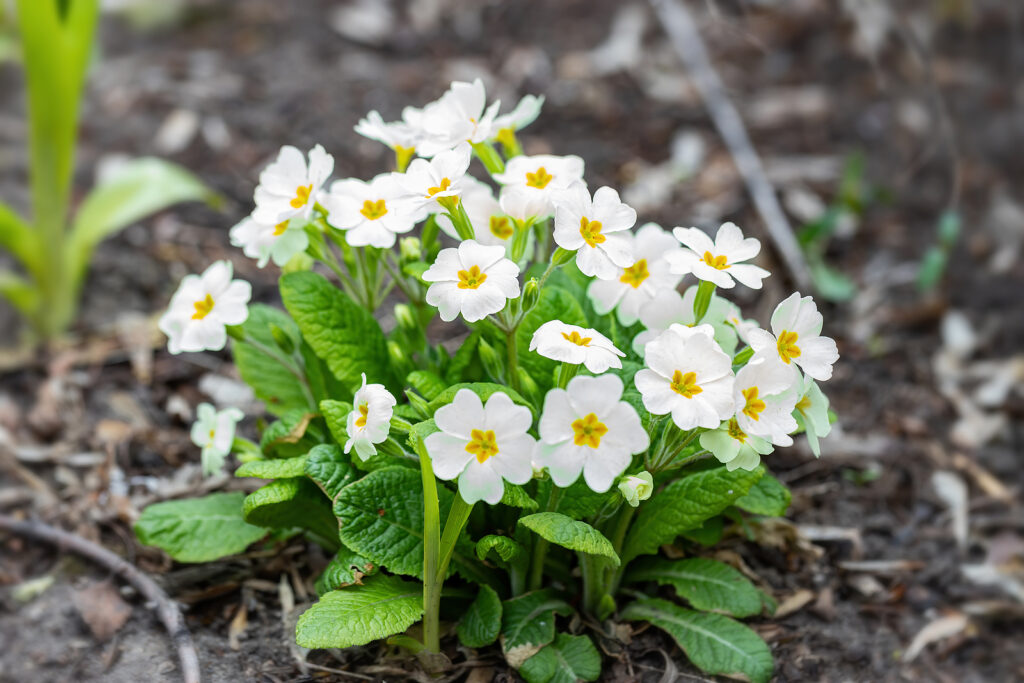
When to plant English Primrose
- Set English primrose in the garden in spring after all danger of frost has passed. In mild-winter regions, plant primrose in autumn or early winter for winter and spring blooms.
- Start English primrose 4 to 6 weeks before the last frost in spring for transplanting to the garden after the last frost.
Planting and spacing English Primrose
- Surface sow seeds by pressing them into a sterile planting mix or evenly prepared garden soil.
- Space English primrose 10 to 12 inches(25-30cm) apart.
How to water and feed English Primrose
- English primrose needs evenly moist soil.
- Fertilize English primrose with an all-purpose fertilizer every 6 weeks or add a slow time-release fertilizer to the soil at planting time.
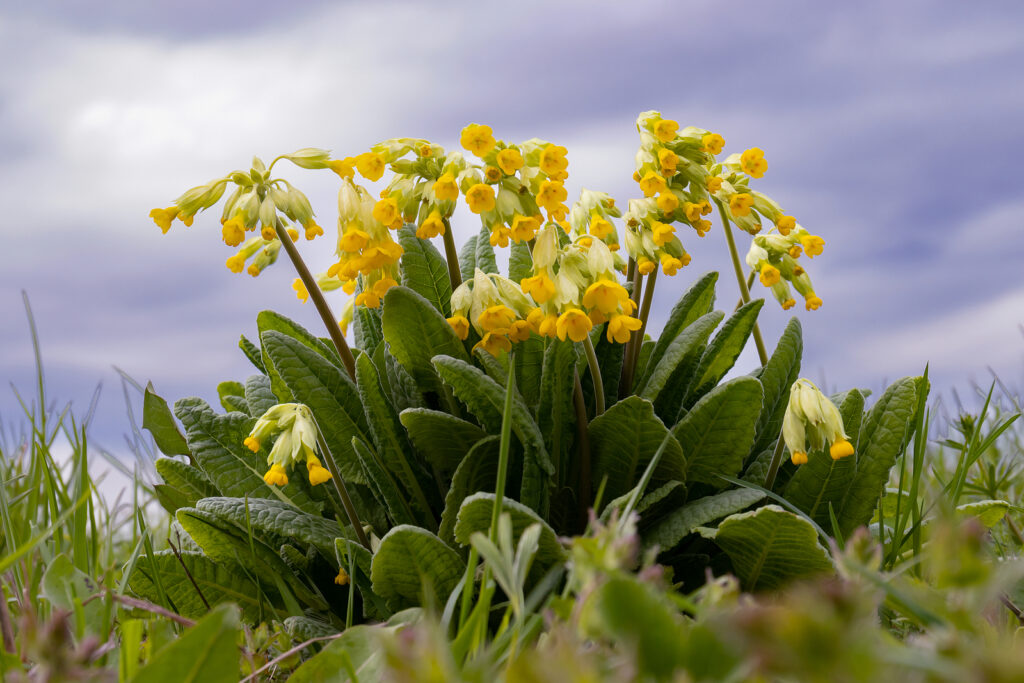
English Primrose care
- Mulch around English primrose in summer and winter.
- Deadhead spent blooms to encourage new blooms.
- Rain and wet weather can cause blossoms and leaves to mildew. Avoid wetting foliage and flowers.
English Primrose pests and diseases
- Aphids, spider mites, weevils, and slugs can cause damage.
- Primroses are susceptible to gray mold (Botrytis), viruses, root rot, rust, and leaf spots.
English Primrose propagation
- Seeds germinate in 8 to 12 days at 62° to 66°F (17-19°C). Plants will be large enough for transplanting in 22 to 35 days. Flowers usually appear 10 to 12 weeks after transplanting.
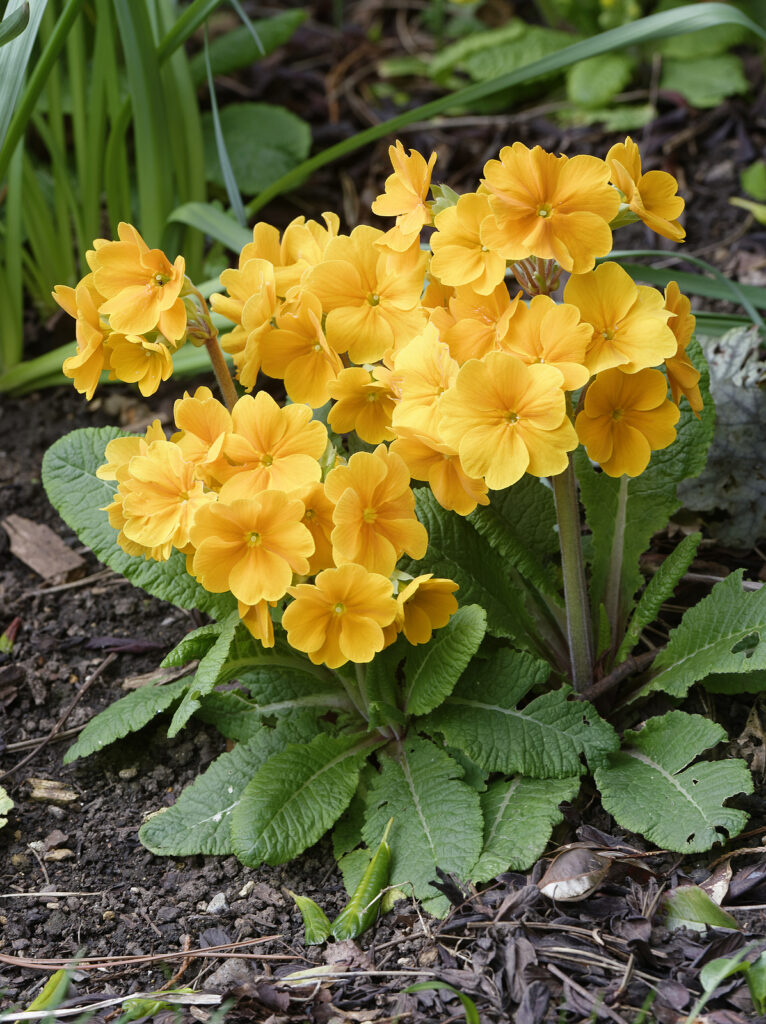
English Primrose varieties to grow
- Primula vulgaris (synonym P. acaulis), English primrose. Very popular primrose bloom in early spring; hardy if grown in cool, moist shade in Zones 3-8; flowers available in bright colors; foliage remains partly evergreen in winter; produces 6- to 8-inch (15-20cm) wide rosettes of evergreen to semi-evergreen 9- to 10-inch (23-25cm) long leaves and clusters of 1-inch (2.5cm) wide, pale yellow flowers in clusters. Cultivars are available with single or double flowers in white, orange, magenta, pink, purple-pink, red, and yellow.
- Some cultivars such as ‘Cottage White’ are double-flowered and some are bicolored. ‘Miss Indigo’ bears double, deep rich purple flowers.
- Wanda Supreme Series produces flowers in different shades of blue, yellow, purple, burgundy, red, rose, and pink bi-colors.
Primrose frequently asked questions
Q: Can I start primroses from seed?
A: Yes. Sow primrose seeds indoors 8 to 10 weeks before the last spring frost. Some primrose varieties germinate slowly because of a growth-inhibiting compound on the seed coat. You can dissolve this compound by washing the seeds in warm water before sowing. Stored seeds are best stratified before sowing; sow them in moistened medium, cover them with plastic wrap, and refrigerate for three weeks.
Q: What kind of soil do primroses need?
A: Primroses want reasonably moist, humus-rich soil with added leaf mold or peat moss mixed with rich compost. Plant primrose in partial shade.
Q: How are primroses best used in the garden?
A: Primroses have the greatest effect when massed. Plant multiples of primroses to get the most from their brilliant colored flowers. Spring and fall are the best seasons for primrose.
Q: Do primroses need fertilizer?
A: Primroses will benefit from fertile soil. Use an organic fertilizer recommend for camellias and rhododendrons.
Q: What summer care do primroses need?
A: Primroses need shade in summer. The soil should not be allowed to dry out.
Also of interest:

